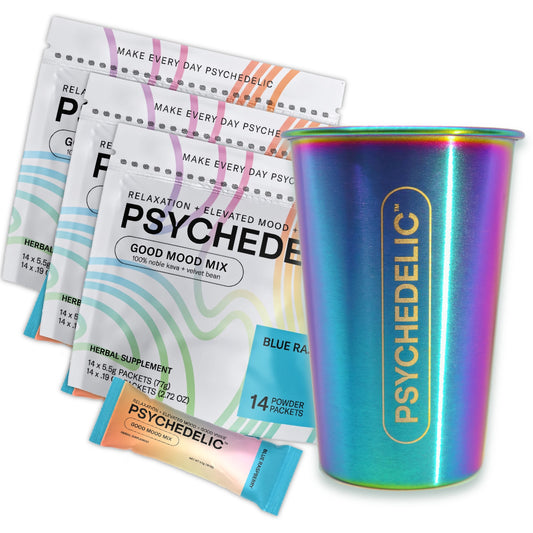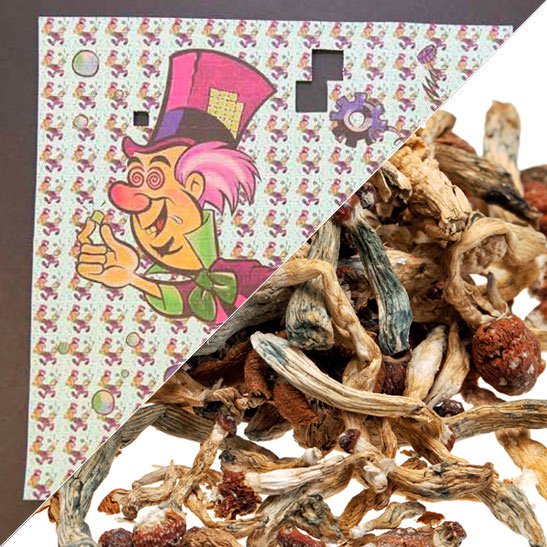Learn the Details About Golden Psycho That Make It Unique.
Learn the Details About Golden Psycho That Make It Unique.
Blog Article
All Regarding Psychotomimetic Compounds: Their Duty in Psychological Research
Psychotomimetic substances, such as LSD and psilocybin, have garnered raising passion in emotional research study for their capability to replicate psychotic signs and offer insight right into numerous mental health and wellness conditions. Their communications within the brain, especially through serotonin and dopamine paths, suggest a complex partnership between awareness and neurobiology that might open novel healing methods. As researchers continue to explore their possible applications, honest factors to consider bordering their use in professional settings come to be extremely important, raising vital concerns about security and educated permission that call for more exploration.
Meaning of Psychotomimetic Compounds
In the realm of mental research, psychotomimetic substances are compounds that can generate results appearing like those of psychosis, such as hallucinations, misconceptions, and modified understandings of fact - About Golden Psycho. These compounds can be categorized into various classifications, consisting of hallucinogens, dissociatives, and specific stimulants, each creating distinct emotional results
The medicinal activity of psychotomimetic compounds often involves modulation of natural chemical systems, specifically those related to serotonin, dopamine, and glutamate. Substances like lysergic acid diethylamide (LSD) mainly act on serotonin receptors, leading to extensive alterations in sensory understanding and cognition.
The energy of psychotomimetics in research study depends on their capability to mimic psychotic symptoms, providing a design for recognizing the underlying mechanisms of psychotic conditions such as schizophrenia. By studying the impacts of these substances, scientists can get insights into the neurobiological and mental procedures that add to psychosis.
Furthermore, psychotomimetic substances have been explored for their therapeutic potential in dealing with various psychological health and wellness conditions, consisting of anxiety and anxiety, highlighting their double duty in both research and potential medical applications.
Historic Growth and Context
The expedition of psychotomimetic compounds has an abundant historical context that dates back to ancient civilizations, where substances such as psilocybin mushrooms and peyote were utilized in spiritual and healing methods. These early uses commonly intertwined with spiritual rituals, recommending an extensive reverence for the modified states of consciousness induced by these substances.
The mid-20th century marked a significant juncture in the research of psychotomimetic materials, particularly with the synthesis of LSD by Albert Hofmann in 1938. The subsequent popularization of LSD in the 1960s militarized a wave of interest in both its emotional results and possible restorative applications. Researchers started to examine how these substances might simulate psychotic states, providing insights right into mental disorder.
Nonetheless, the enhancing organization of psychotomimetics with counterculture movements brought about governing backlash, culminating in the criminalization of much of these compounds. In spite of these challenges, the rebirth of rate of interest in the restorative capacity of psychedelics in the 21st century has prompted restored study. This historic trajectory emphasizes the evolving understanding of psychotomimetic compounds, transforming from spiritual materials to subjects of scientific inquiry and, possibly, healing guarantee.
Mechanisms of Action
Recognizing the devices of action of psychotomimetic compounds exposes the intricate means these compounds interact with the mind's neurochemistry. These compounds largely apply their effects through modulation of natural chemical systems, especially serotonin, dopamine, and glutamate.
In enhancement to serotonin, dopaminergic pathways are considerably affected by compounds like mescaline and specific cannabinoids, which can cause altered states of consciousness and modifications in state these details of mind and inspiration. Moreover, the NMDA receptor enmity observed with substances like ketamine highlights one more pathway whereby psychotomimetics might cause dissociative states and extensive changes in assumed processes.
The neurochemical cascades initiated by these interactions lead to facility and complex emotional effects. Understanding these systems is vital for both the advancement of mental research and the healing capacity of psychotomimetic compounds, as they provide understandings right into the underlying neural correlates like this of transformed states of awareness.
Current Research Study and Applications
Current investigations right into psychotomimetic substances have revealed a revival of rate of interest in their restorative applications, especially in the fields of psychiatry and psychology. Researchers have actually begun discovering substances such as psilocybin, LSD, and ayahuasca for their prospective to alleviate signs connected with different mental health problems, including depression, stress and anxiety, and PTSD.
Professional trials have demonstrated that, when carried out in controlled atmospheres, these substances can assist in profound mental experiences, promoting emotional advancements and improved therapeutic outcomes. Studies have revealed that psilocybin-assisted therapy can lead to significant decreases in treatment-resistant anxiety, with effects lasting for numerous months post-treatment.
Moreover, psychotomimetic compounds are being reviewed for their ability to foster neuroplasticity, potentially enabling more efficient rewiring of maladaptive thought patterns. These searchings for recommend that such substances may function as adjuncts to standard psychotherapeutic methods, boosting the efficiency of healing interventions.
As study proceeds, the emphasis is changing towards understanding the optimal dosages, restorative setups, and participant attributes that can take full advantage of the advantages of these compounds. This growing field holds promise for changing mental health and wellness therapy paradigms and resolving the constraints of conventional psychiatric drugs.
Ethical Factors To Consider in Study

Navigating the moral landscape of research study entailing psychotomimetic substances is important to guaranteeing individual safety and security and the integrity of study results. Scientists need to focus on enlightened consent, making sure that individuals completely recognize the prospective threats and benefits related to the materials being researched. This includes giving comprehensive details about possible emotional effects, including acute and long-term impacts, and enabling participants the opportunity to take out from the research study at any moment without fine.
IRBs review research study protocols to guard participant well-being and promote honest criteria. Additionally, the possibility for coercion need to be see thoroughly assessed, specifically when susceptible populaces are included.
Privacy is one more paramount factor to consider. Researchers should carry out durable steps to shield participants' identities and data, specifically offered the sensitive nature of experiences connected with psychotomimetic substances (About Golden Psycho). Inevitably, a dedication to honest methods not just fosters trust in between researchers and participants but likewise enhances the reliability and legitimacy of the study outcomes, contributing to the development of mental expertise

Conclusion
To conclude, psychotomimetic compounds, particularly classic psychedelics such as LSD and psilocybin, deal significant understandings right into emotional conditions with their one-of-a-kind devices of activity. Their healing possibility in dealing with problems like anxiousness and PTSD emphasizes the value of continued research in this field. Ensuring ethical criteria in research methods is essential for participant security and educated permission, enabling for a liable exploration of these substances' advantages and implications within mental science.
Report this page